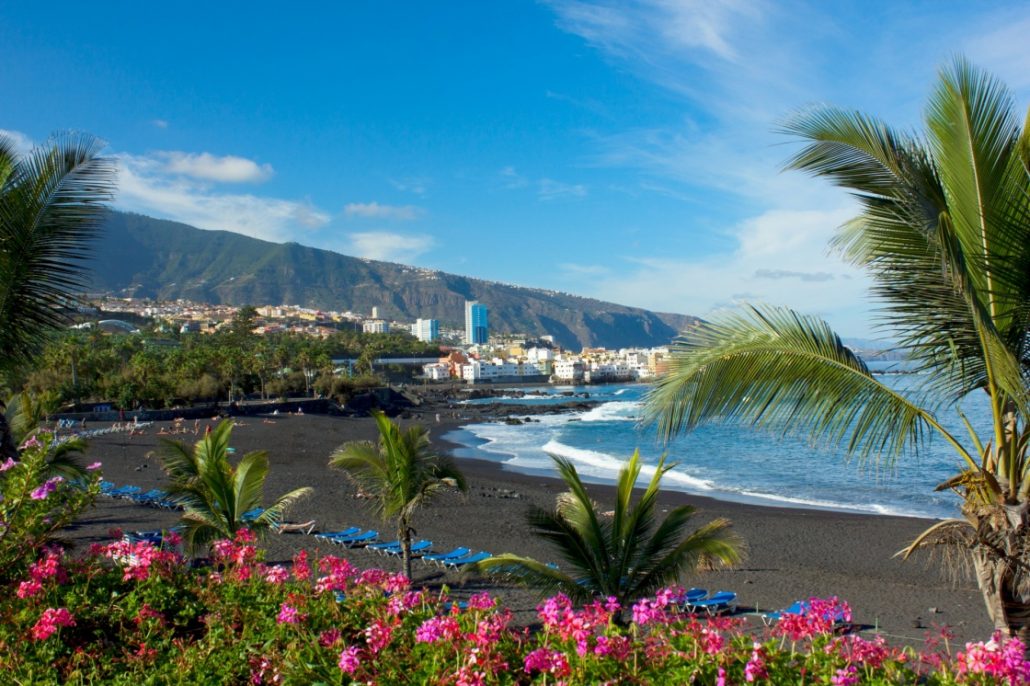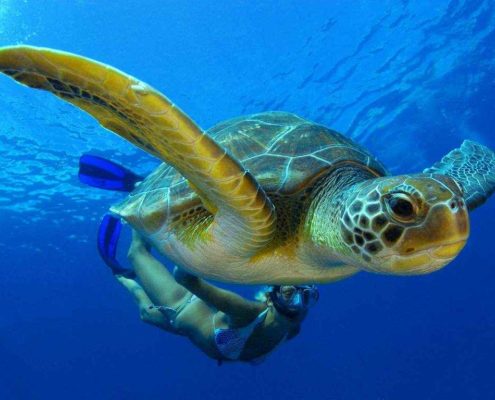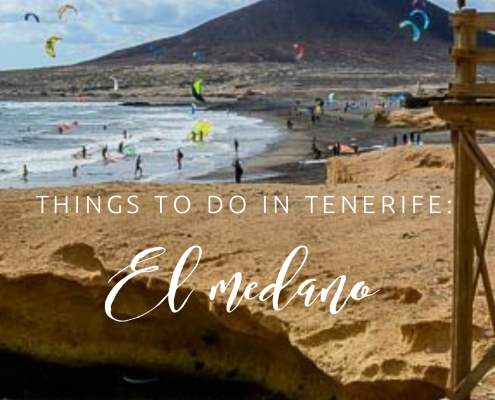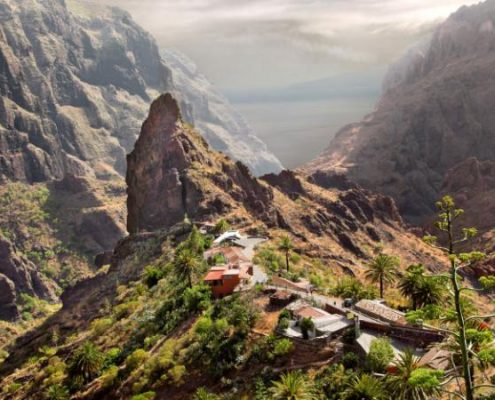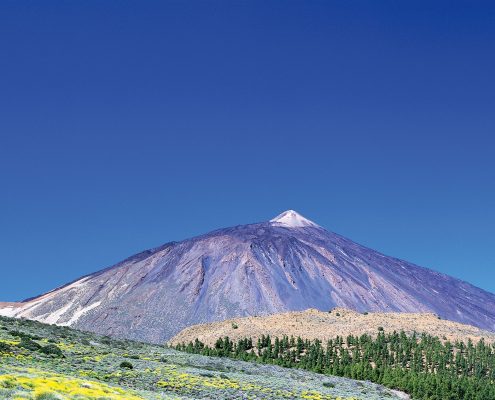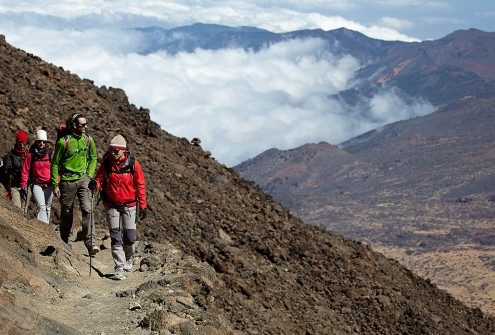Enjoying Tenerife
About the island…
Come and Discover Tenerife: the land where the sun shines 365 days a year! (pretty much) 🙂
The largest of the 7 Canary Islands, Tenerife is dominated by the towering volcanic peak of Mount Teide – the highest point in Spain. The 5 million visitors who come here each year can´t be wrong – here is what you need to know about Tenerife!
Enjoy Tenerife
This is the first in a series of blog posts about things to do in Tenerife.
This is a truly magnificent Island, with staggering variety in its climate, terrain, flora and fauna. Thousands of people come to this island each year and most stay in the resort area in the South-West. For many visitors, this will be all that they see of the island – I’ve met a great number of holiday-makers here who are content not to venture more than a few hundred metres from their hotel! Although this is fine for some – it certainly does not permit the visitor to form an accurate impression of how incredible this island truly is.
Not only diving…
We love Tenerife, and one of our favourite things to do (when not diving) is enjoy to the vast network of hiking trails which criss-cross the island. When friends or family come to visit we already have prepared a full itinerary of day trips which we can embark on to get the most out of this beautiful and culturally rich space which we are lucky enough to call home. Scroll through related posts (at the bottom of this post) for further ideas.
Obviously, when you come to Tenerife you should try diving: whether you’ve never tried before or you’ve been doing it for years, the diving in Tenerife never fails to surprise those diving here for the first time.
One great thing about Tenerife is the fact that it is so family-friendly. There is no shortage of packaged day-trips, sports or activities to enjoy; or, like us, you can opt to get in a car and explore the island at your own pace.
If you come here on a family holiday and – as is often the case – your partner or children don´t dive then perhaps you can’t get a free pass to dive all day every day – so here we hope you will find some inspiration on other things to see and do!
About the Island
So in this first post lets start off with a few facts about the Island, shall we…
Tenerife is the largest of the seven main islands which constitute the Canarian Archipelago. This chain of volcanic islands are located approximately 100 Km west of the coast of Morocco and form part of the region of Macaronesia, together with other North-Atlantic archipelagos Cape Verde, Madeira and the Azores. The term Macaronesia derives from the Greek ‘Islands of the Fortunate’. We think the Greeks were on to something.
The origin of the name ‘Canary’ Islands is not known conclusively, however, the most common theory is that it derives from the Latin name Canariae Insula meaning ‘Islands of Dogs’, due to the fact that there used to be a significant population of dogs “of a very large size” on the islands (the birds are named after the islands, not the other way around).
Tenerife first starting bubbling up from the seafloor somewhere between 20 and 50 million years ago. Long periods of repeated volcanic activity eventually led to land first appearing in the region around 7 million years ago. Initially it is believed that there were three islands: Adeje in the South, Teno to the North West and Anaga in the North East. Only around 3 million years ago did a second round of intense volcanic activity unite these three islands into one – Tenerife.
Original Inhabitants
The original inhabitants of Tenerife were called the Guanches who are thought to have emigrated to the Island some time around 1000 BC from North Africa. They lived in relative isolation until the Spanish conquest of the islands in the 14th Century. Very few traces of their occupation survive today beyond stories and folklore.
Climate
Tenerife is often referred to as the ‘Island of Eternal Spring’ thinks to many geographical factors. It lies level with the Sahara desert, but the heat is moderated by the Trade winds and the cool ocean currents. The mountain range causes the moisture in the Trade winds to condense over the North part of the island creating clouds and precipitation, which mostly dissipates before heading over the Southern part of the island.
The lowest recorded temperature in downtown Santa Cruz was 8 degrees Celsius, whilst the average temperature during the coldest month on record was 15 degrees Celsius!
Air temperature during the Winter is typically 18 – 24 degrees and this rises to 24 – 28 degrees in the summer. Never too hot, never too cold.
Things to do?
Yeah yeah, I know, enough boring stuff already… you want to know what you can do in Tenerife? Here are a few ideas:

